In the world of advanced materials, fibers have played a pivotal role in revolutionizing industries ranging from aerospace to fashion. Two such fibers, bamboo charcoal fiber and carbon fiber, have garnered significant attention due to their remarkable properties and diverse applications. While both materials might seem similar at a glance, they possess distinct characteristics that set them apart. In this comprehensive article, we delve into the intricacies of bamboo charcoal fiber and carbon fiber, highlighting their unique attributes, production processes, and wide-ranging applications.
View More Post:
Understanding Fiber Types
Fibers can be classified into two main categories: natural fibers and synthetic fibers.
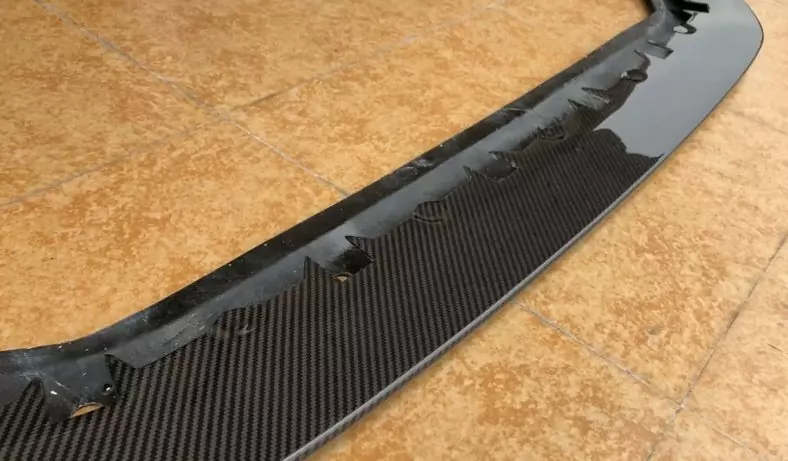
1.Natural Fibers
Natural fibers, derived from plants or animals, include materials like cotton, wool, and silk. These fibers offer inherent comfort and biodegradability but may lack certain desirable properties required for advanced applications.
2.Synthetic Fibers
Synthetic fibers, such as nylon and polyester, are man-made and often engineered to possess specific properties like durability and resistance to environmental factors.
Carbon fibers fall under this category and have gained prominence due to their exceptional strength-to-weight ratio and thermal conductivity.
Bamboo Charcoal Fiber: Nature’s Innovation
Origins and Properties
Bamboo charcoal fiber is a relatively newer entrant to the textile industry. It is produced by blending nano-sized bamboo charcoal particles into synthetic fibers, creating a unique composite material. Bamboo charcoal fibers are known for their excellent moisture-wicking, antibacterial, and deodorizing properties, making them well-suited for applications in clothing, bedding, and accessories.
Production Process
The production process of bamboo charcoal fiber involves several steps, including bamboo carbonization, activation, and blending. The bamboo is first carbonized at high temperatures, then activated to increase its surface area. The activated bamboo charcoal is finally blended with polymer fibers to create the composite material.
Environmental Sustainability
Bamboo charcoal fiber boasts environmental benefits due to the use of bamboo, a fast-growing and renewable resource. The carbonization process generates minimal waste, and the resulting fibers have biodegradable qualities, reducing the environmental impact compared to conventional synthetic fibers.
Applications
Bamboo charcoal fiber finds application in a wide array of products, including activewear, undergarments, and even home textiles like bedding and towels. Its moisture-wicking properties make it ideal for sportswear, while its odor-neutralizing capabilities enhance its desirability in clothing worn close to the body.
Carbon Fiber: The Pinnacle of Strength and Lightweight
Composition and Characteristics
Carbon fiber, composed of thin, strong crystalline filaments of carbon, is renowned for its remarkable strength and low weight. Its exceptional mechanical properties, high tensile strength, and resistance to corrosion have led to its extensive use in industries where strength and lightweight characteristics are paramount.
Manufacturing Techniques
The production of carbon fiber involves a complex process of precursor polymer stabilization, carbonization, and surface treatment. Advanced techniques such as the Chemical Vapor Deposition (CVD) method and the Precursor Polymer Fiber (PPF) method are employed to create fibers with distinct properties for various applications.
Aerospace and Automotive Industries
The aerospace and automotive industries have heavily adopted carbon fiber due to its unparalleled strength-to-weight ratio. From aircraft components to high-performance car parts, carbon fiber’s contribution to reducing overall vehicle weight and increasing fuel efficiency is undeniable.
Sports and Recreation
Carbon fiber’s exceptional properties extend to the world of sports and recreation. Bicycles, tennis rackets, and fishing rods made from carbon fiber are not only lightweight but also offer improved performance due to the material’s inherent stiffness and strength.
Comparative Analysis
Mechanical Properties
When comparing bamboo charcoal fiber and carbon fiber, carbon fiber clearly reigns supreme in terms of mechanical strength and rigidity. The tightly woven carbon filaments provide exceptional resistance to tension, compression, and bending forces, surpassing the capabilities of bamboo charcoal fiber.
Thermal Conductivity
Carbon fiber exhibits outstanding thermal conductivity, making it suitable for applications where heat dissipation is crucial. In contrast, bamboo charcoal fiber possesses moderate thermal conductivity, contributing to its moisture-wicking and breathable properties.
Environmental Impact
While both fibers offer environmental advantages, bamboo charcoal fiber edges slightly ahead due to its renewable source and biodegradability. Carbon fiber production involves energy-intensive processes, and its end-of-life recycling can be challenging.
Synergistic Potential: Bamboo Charcoal-Carbon Fiber Composites
The combination of bamboo charcoal fiber and carbon fiber creates a synergistic composite that capitalizes on the strengths of both materials. Such composites have the potential to offer enhanced mechanical properties, improved moisture management, and reduced environmental impact.
Future Prospects and Challenges
The future of both bamboo charcoal fiber and carbon fiber looks promising. Ongoing research aims to enhance the properties of bamboo charcoal fiber and develop more efficient manufacturing methods for carbon fiber. Challenges include addressing the high production costs of carbon fiber and optimizing the scalability of bamboo charcoal fiber production.
Conclusion
In the realm of advanced materials, bamboo charcoal fiber and carbon fiber stand as distinctive innovations. While carbon fiber showcases unparalleled strength and lightweight properties, bamboo charcoal fiber offers exceptional moisture-wicking and environmental benefits. The two fibers, although different in nature, demonstrate the potential for synergy in composite applications. As technology advances and environmental concerns become more prominent, both fibers are likely to play pivotal roles in shaping various industries, from textiles to aerospace, in the years to come.
Bamboo charcoal fiber is made of bamboo as raw material, and the micropores of bamboo are made finer under the condition of pure oxygen and high temperature, and then spun, which is environmentally friendly and healthy, and is known as “black diamond”;It is made of polyacrylonitrile fiber, pitch fiber, viscose-based fiber and other chemical fibers with high carbon content as raw materials, and is carbonized at high temperature. It has excellent performance and is used in many industries. How are they different as fibers with a high carbon content?
Let’s talk about bamboo charcoal fiber first. Bamboo charcoal fiber has good softness, hygroscopicity, antibacterial and environmental protection. After it is woven into cloth, it feels soft and delicate to the touch, elastic, tough and strong, much better than cotton and silk. Bamboo charcoal fiber fabrics are very popular now. It is refreshing and breathable in summer, and can remove excess heat from the body when used in spring and autumn, making it comfortable and healthy. Its antibacterial rate reaches 94.5%, which can inhibit mites and deodorize.
Then look at carbon fiber. Although carbon fiber is a chemical fiber, it is not harmful to the human body. Carbon fiber has properties comparable to metals, with high strength, light weight, toughness, high tensile modulus, and chemical resistance. The most common carbon fiber products are carbon fiber board, carbon fiber cloth, carbon fiber rod, carbon fiber special-shaped parts, which are widely used in building reinforcement, industrial manufacturing, medical machinery, military security and other fields. It can even be used to make some small products, such as business cards and wallets.
It can be seen from the above that there is a big difference between bamboo charcoal fiber and carbon fiber. Their production process, performance and use are very different. Although bamboo charcoal fiber is very good, its use range is too narrow, not as broad as carbon fiber. China Be-cu specializes in the production and machining of carbon fiber. If you are interested, please click the online customer service on the webpage to consult relevant questions.
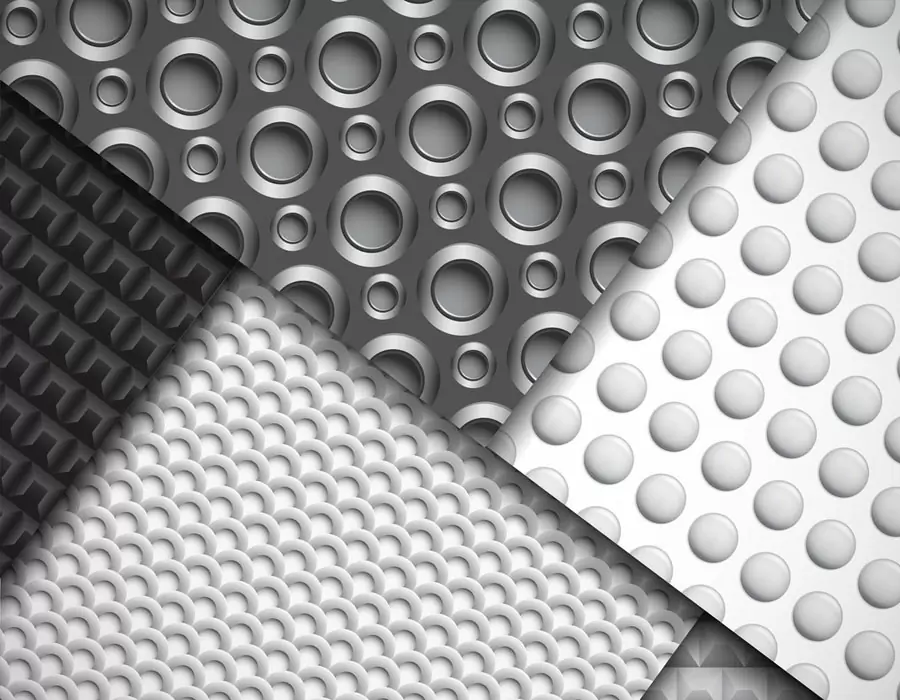
ISO 9001 certified. BE-CU Prototype Offering CNC machining carbon fiber and other manufacturing services for carbon fiber marterial. Various capabilities include notching, labeling, drilling carbon fiber, grinding, laser cutting carbon fiber, finishing, plating, marking, CNC milling carbon fiber and turning carbon fiber.We stock high quality 3k carbon fiber sheet in a variety of thickness, types and finish. Its a great material used in applications where light weight and strength are needed such as drones. Unlike other workshops, we have no min order and are often filling orders with a single part. We also don’t make you pay for the full sheet and you only get charged for what is used. With a large selection of material, you should find everything you need to make your project come to life. We are also able to handle larger production runs and provide a competitive pricing. If we don’t have the material or finish you require, we are more the willing to look at bringing it in for you.
What Is Carbon Fiber?Carbon fiber is made of polyacrylonitrile (PAN) (or pitch, viscose) and other organic fibers by carbonization (removal of most elements except carbon) by pyrolysis method under inert gas at high temperature above 1,000 °C. Inorganic polymer fibers with a carbon content of more than 90%.
-

3D Printing Continuous Fibres
-

3D Printing Short Fibre Filled Wires
-
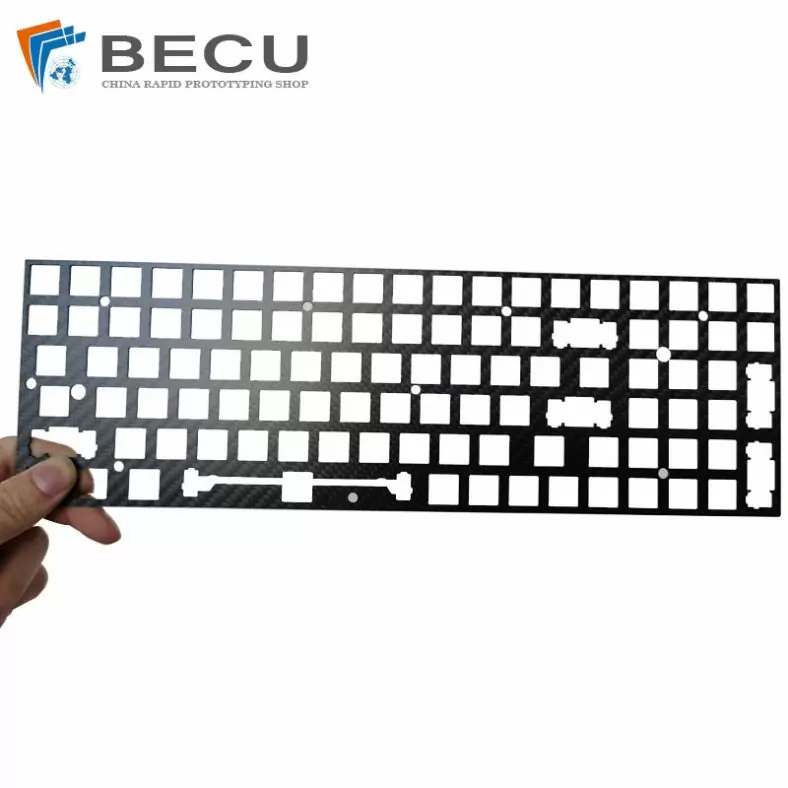
Laser Cutting Carbon Fiber Positioning Keyboard
-

Cnc Turning Industrial Copper-Aluminum Clad Carbon Fiber Machinery Parts
-
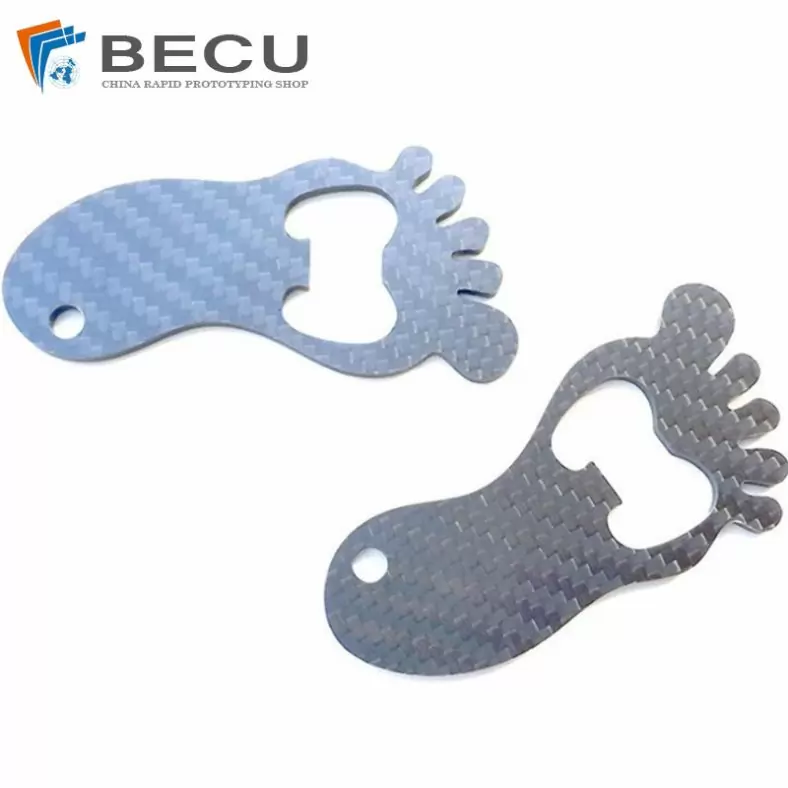
Carbon Fiber Luggage Tag Ornaments
-
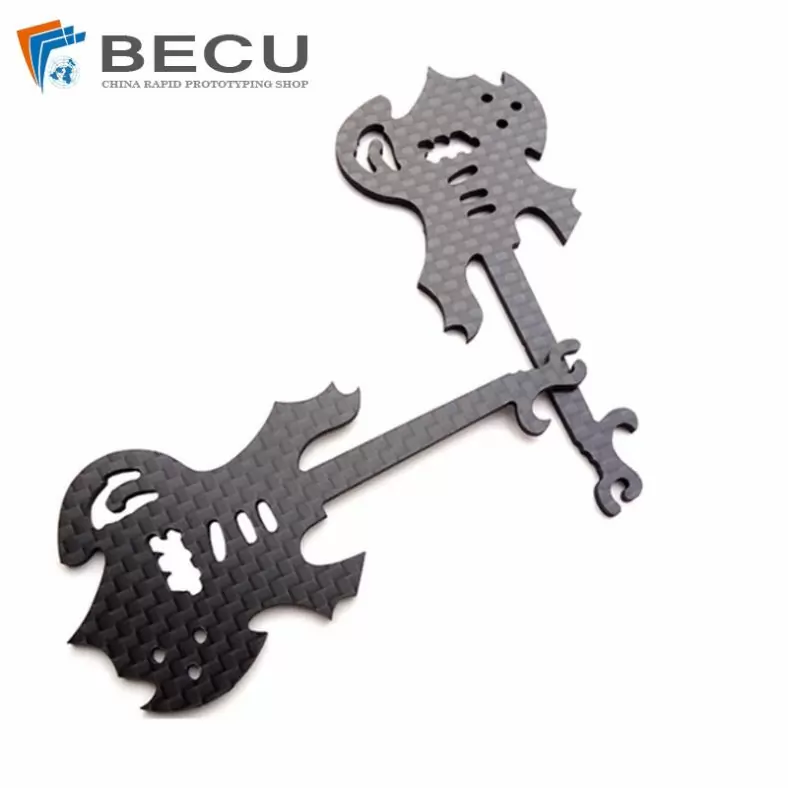
Laser Cutting Carbon Fiber Guitar Shape Crafts
-
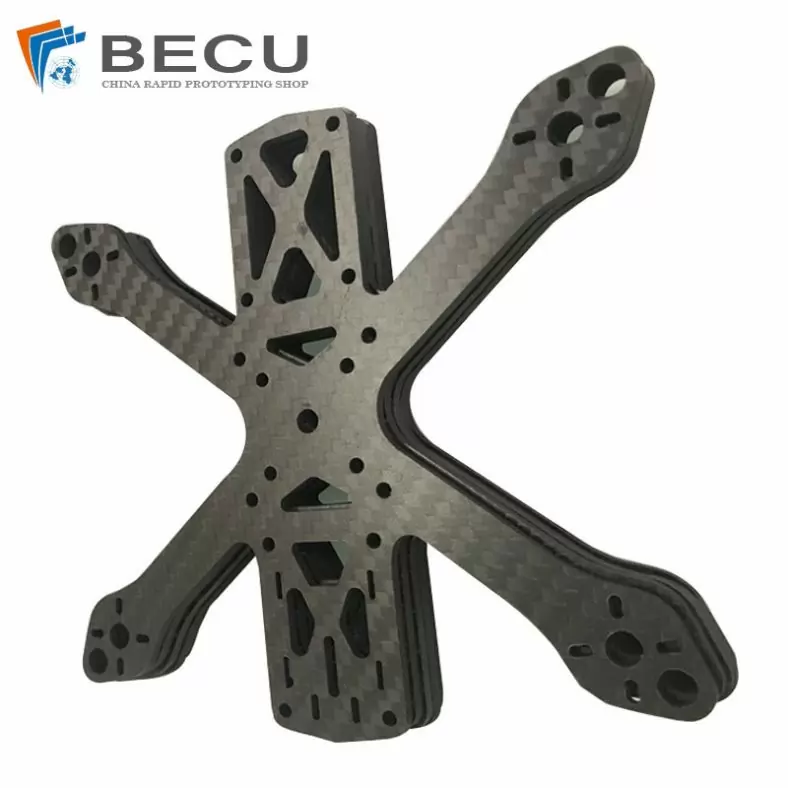
Laser Cutting Carbon Fiber Drone Rack
-
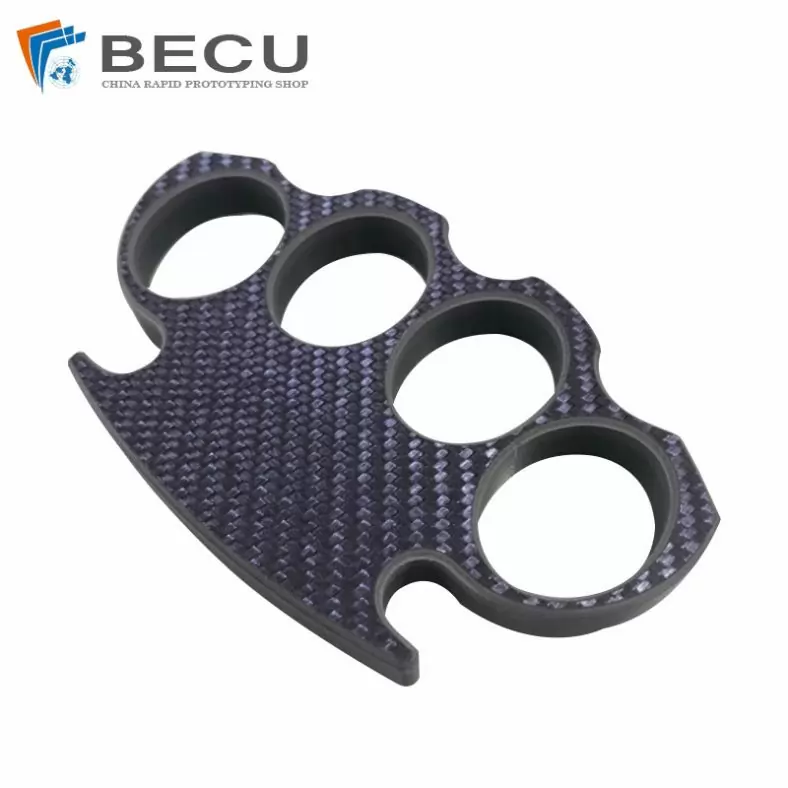
Cnc Milling Carbon Fiber Finger Buckle
